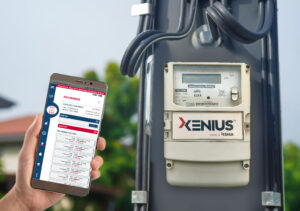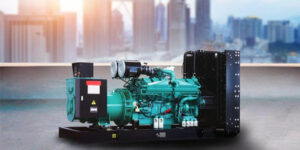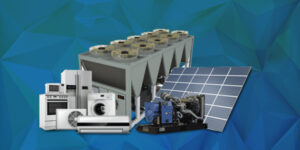- Interoperability: Interoperability refers to the ability of different IoT devices from various manufacturers to communicate and work together seamlessly. This is a significant challenge in IoT hardware design as it requires standardization of protocols, data formats, and APIs to ensure compatibility between devices. Without interoperability, it can be difficult for devices from different companies to work together, resulting in fragmentation and a less cohesive user experience. To overcome this challenge, industry standards organizations, such as the Internet Engineering Task Force (IETF) and the World Wide Web Consortium (W3C), are working to establish protocols and standards for IoT devices.
- Security: This is related to protecting devices, networks, and data from unauthorized access and cyber threats. Security is a major challenge in IoT hardware design as these devices often contain sensitive information and are connected to networks that can be vulnerable to cyberattacks. Some common security threats to IoT devices include:
- Unauthorized access: Protecting devices and networks from unauthorized access, such as hacking and eavesdropping.
- Data breaches: Preventing the theft or unauthorized use of sensitive data, such as personal information and financial details.
- Malware attacks: Detecting and defending against malware that can infect IoT devices and spread to other devices on the network.
To address these security challenges, IoT hardware designers must implement strong security measures, such as encryption, authentication, and access controls. It is important for manufacturers to take a proactive approach to security by considering security requirements throughout the product development process. Additionally, they must also continuously monitor and update these measures to stay ahead of new and evolving threats.
- Power management: This aspect is related to optimizing battery life and power consumption while maintaining performance and functionality. Power management is a crucial aspect of IoT hardware design, as many IoT devices rely on batteries or low-power sources to operate. The challenge is to balance power consumption with performance and functionality to ensure reliable and long-lasting device operation. Some strategies for optimizing power management in IoT devices include:
- Low-power design: Minimizing power consumption by using low-power components, such as microcontrollers, and by implementing power-saving techniques, such as sleep modes and power gating.
- Efficient data transmission: Reducing power consumption by optimizing data transmission protocols and limiting unnecessary data transfer.
Energy harvesting: Using alternative sources of energy, such as solar or kinetic energy, to extend battery life and reduce the need for frequent battery replacements.
By carefully managing power consumption, IoT hardware designers can ensure that devices will be able to operate for long periods of time without requiring frequent battery replacements. This not only enhances the user experience, but also reduces the environmental impact of discarded batteries.
- Scalability: This aspect is related to ensuring that hardware can accommodate growth in the number of connected devices and the amount of data being processed. Scalability refers to the ability of IoT devices and systems to accommodate growth and increasing demand. As the number of connected devices continues to grow, scalability becomes a significant challenge in IoT hardware design, as the hardware must be capable of processing and managing large amounts of data and supporting a large number of devices. Some strategies for improving scalability in IoT devices include:
- Distributed processing: Decentralizing processing tasks and distributing them across multiple devices to improve performance and reduce the load on any single device.
- Scalable infrastructure: Designing hardware and networks with scalable infrastructure, such as cloud computing and distributed networks, to support large-scale deployment.
- Modular design: Creating modular hardware designs that can be easily expanded and adapted to changing requirements.
- Open-source software: Adopting open-source software that can be easily extended and customized to support new features and functionality.
By addressing scalability challenges, IoT hardware designers can ensure that devices and systems will be able to accommodate growth and evolving requirements over time, providing a more flexible and future-proof solution.












